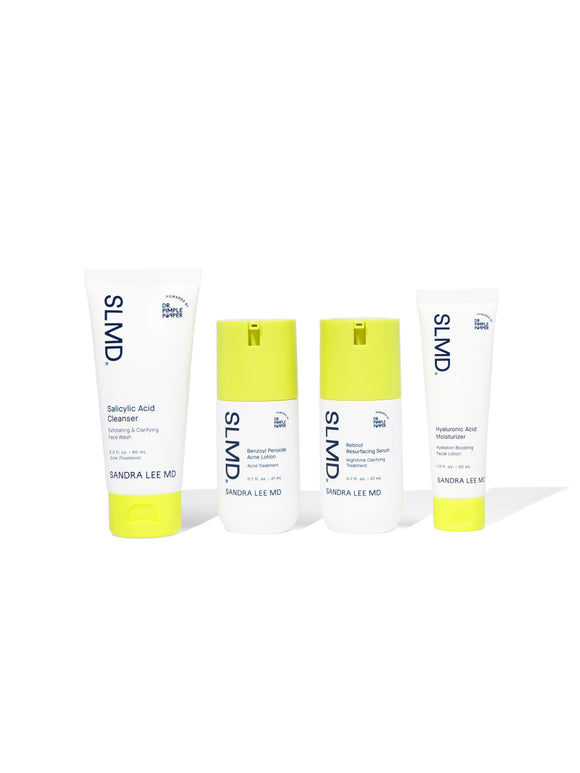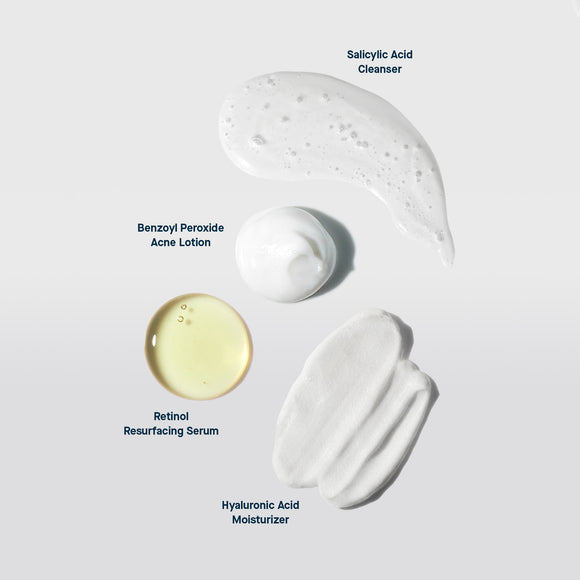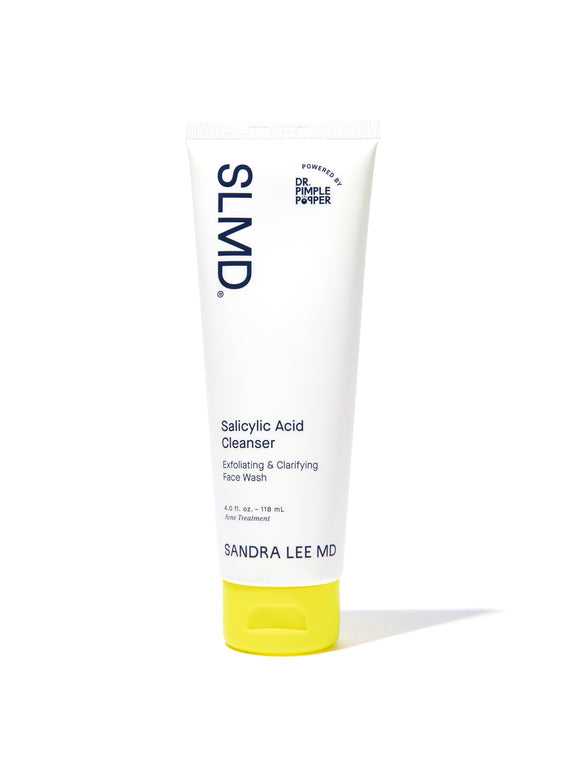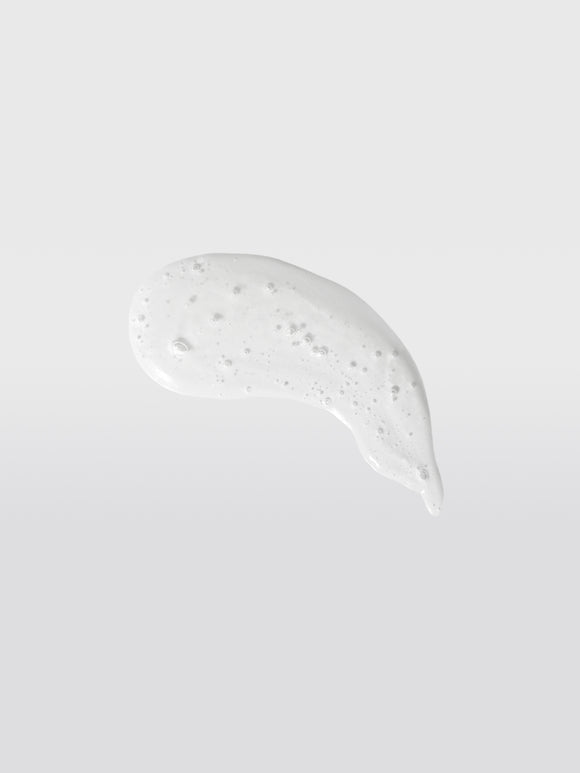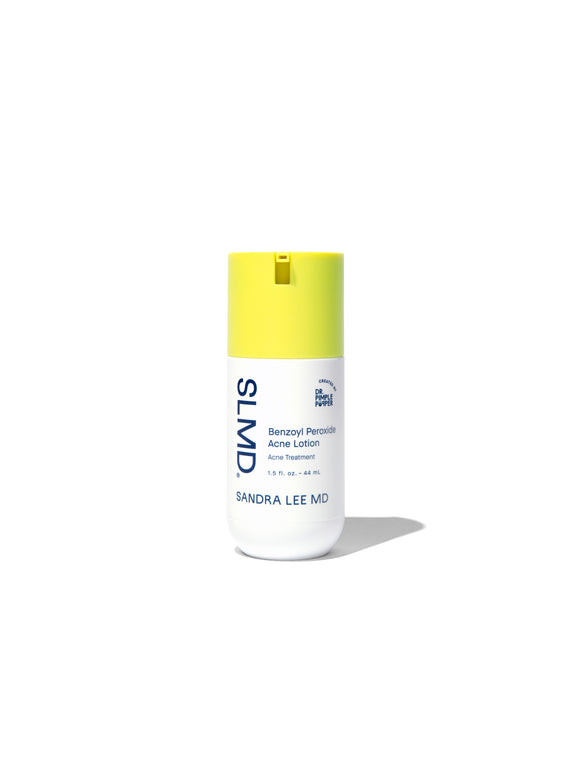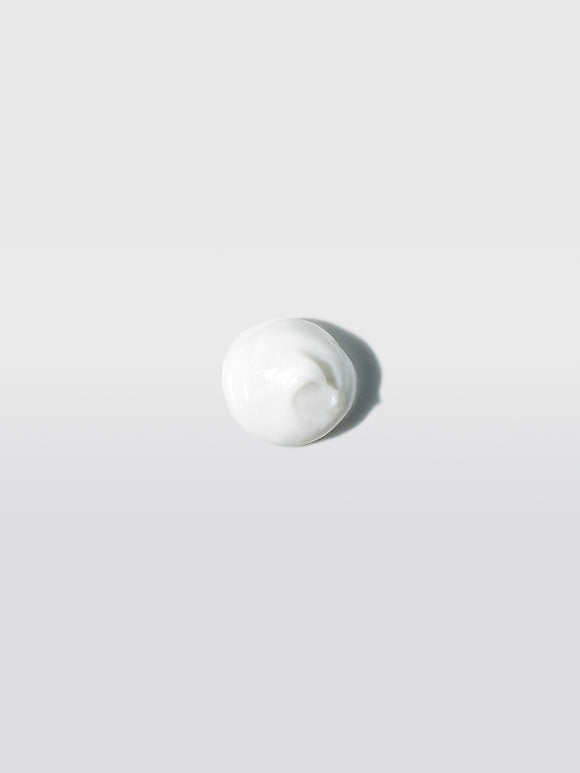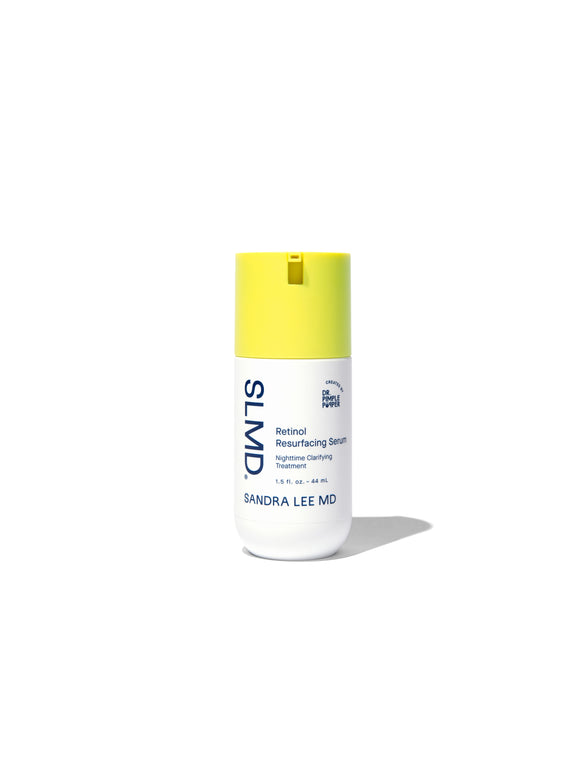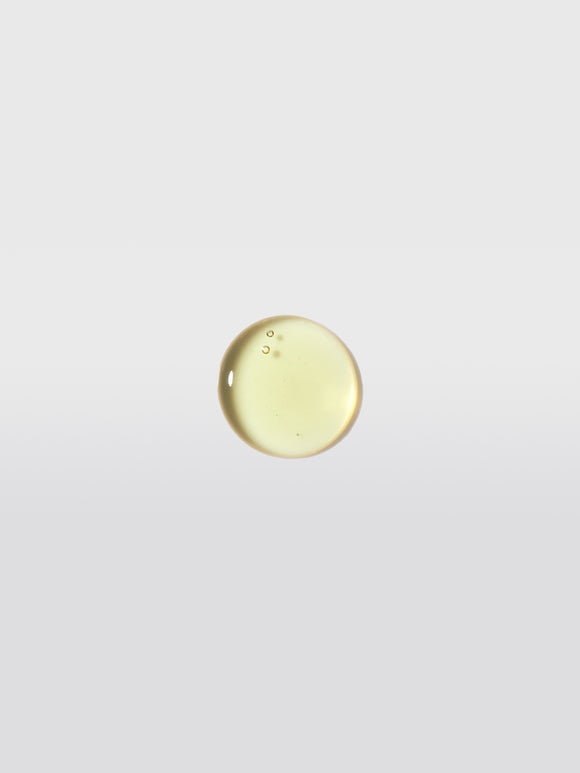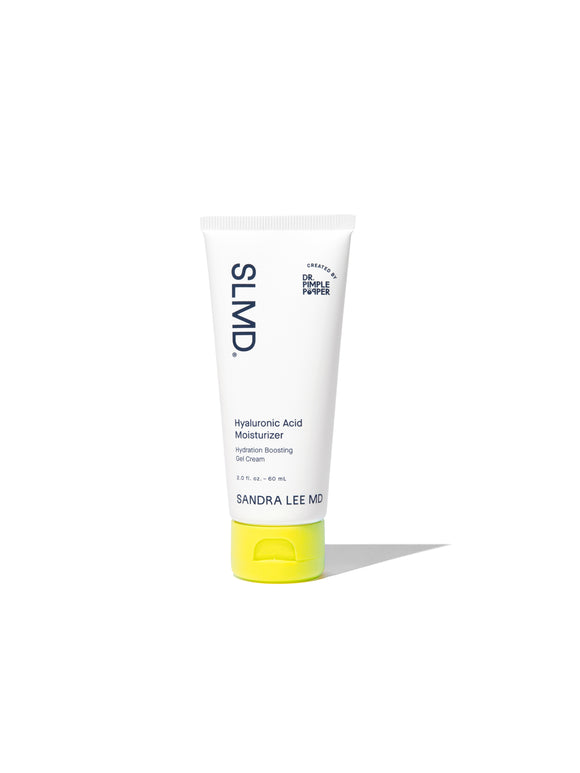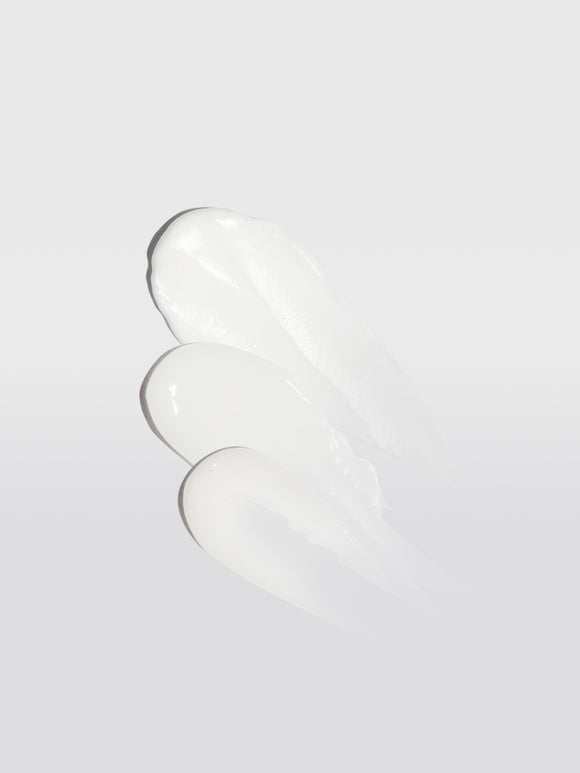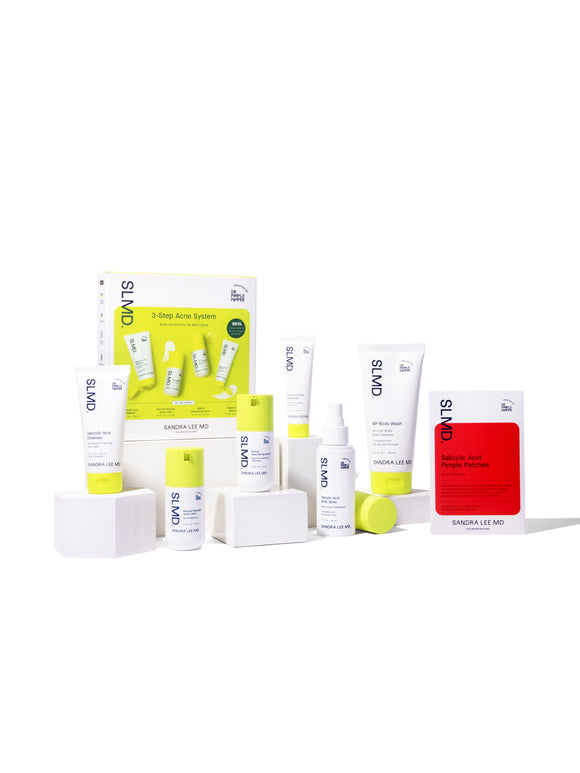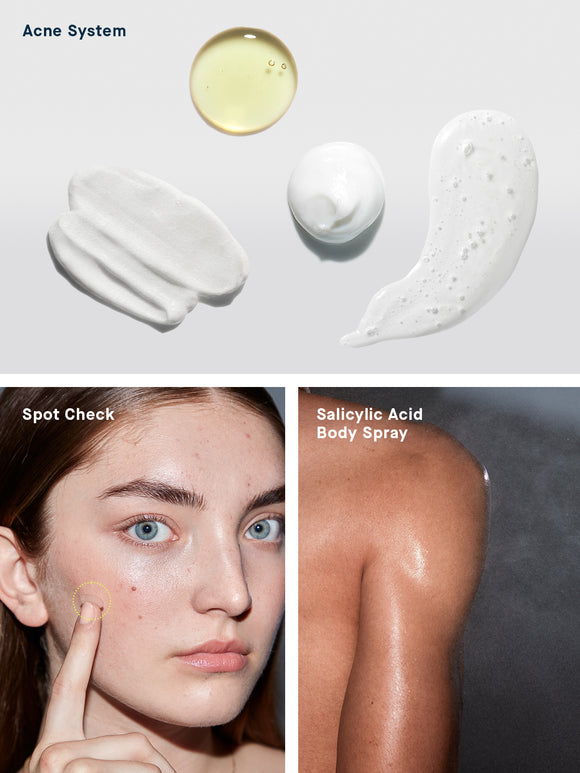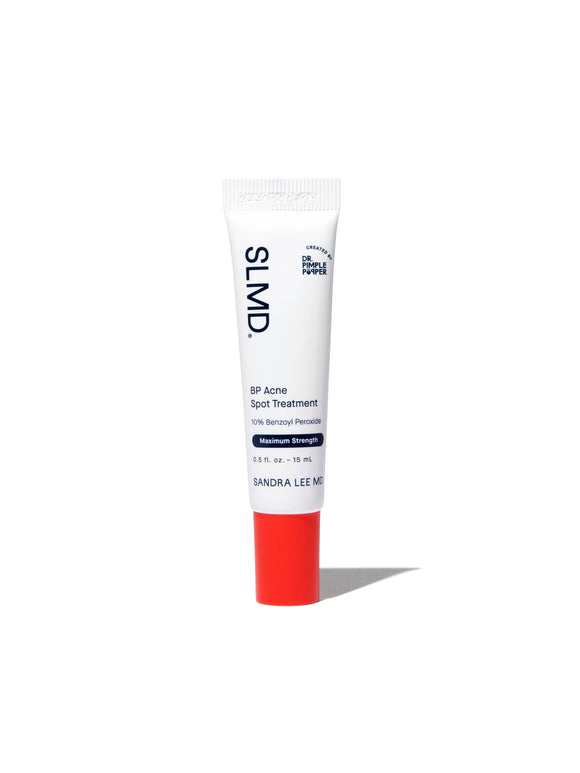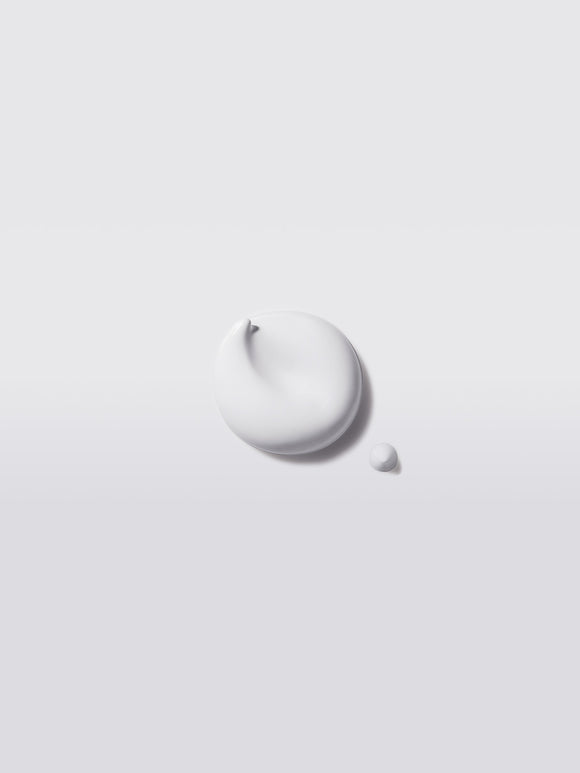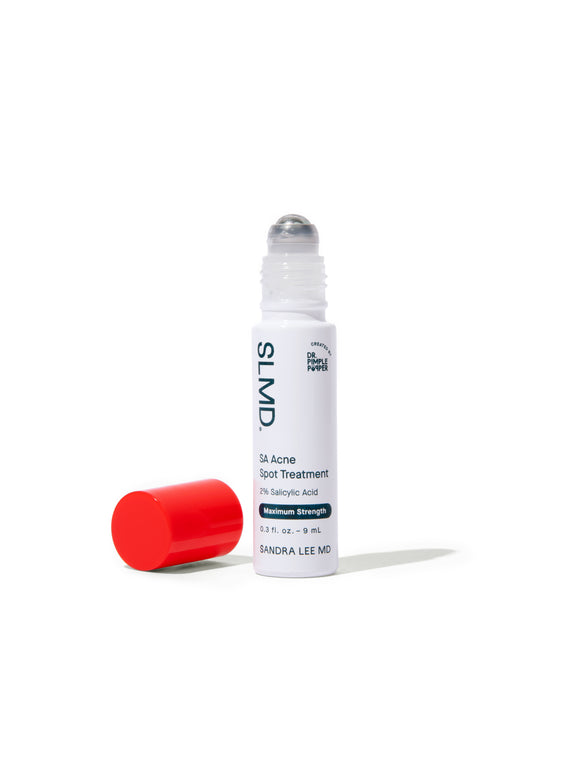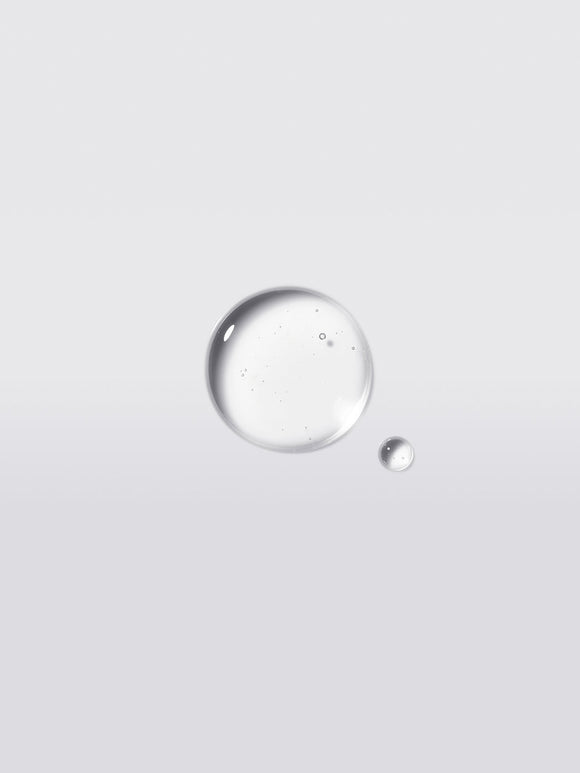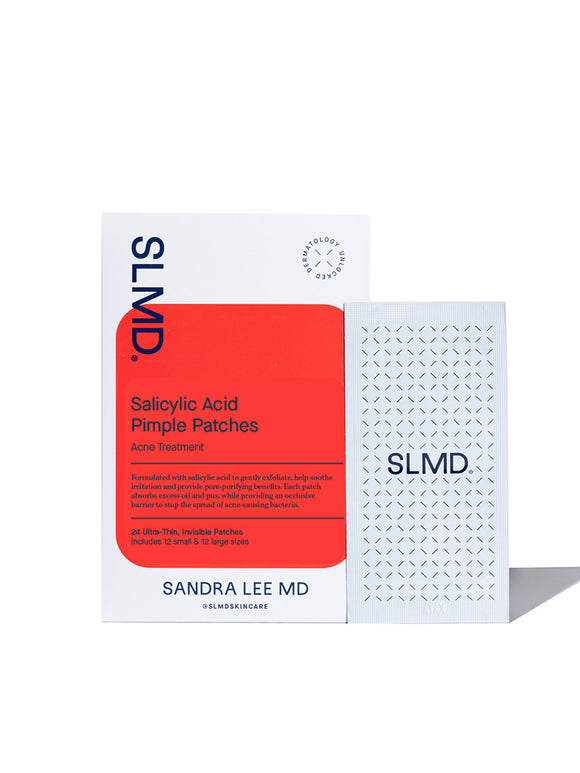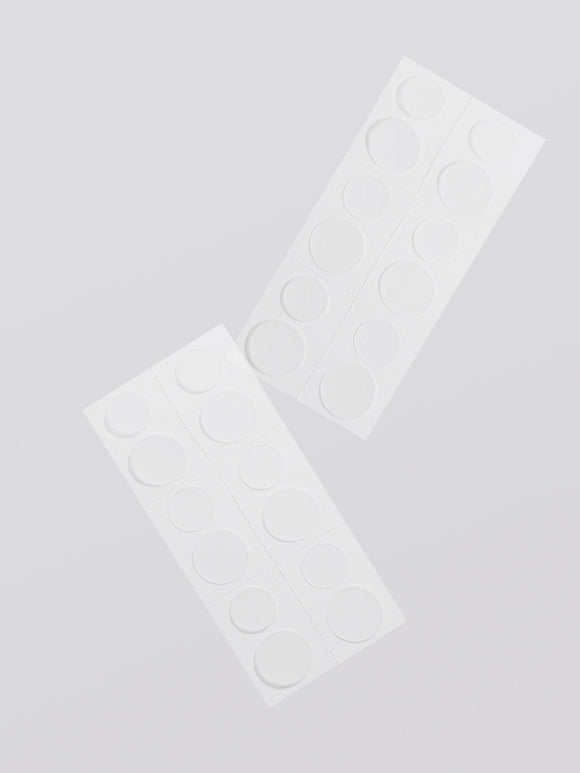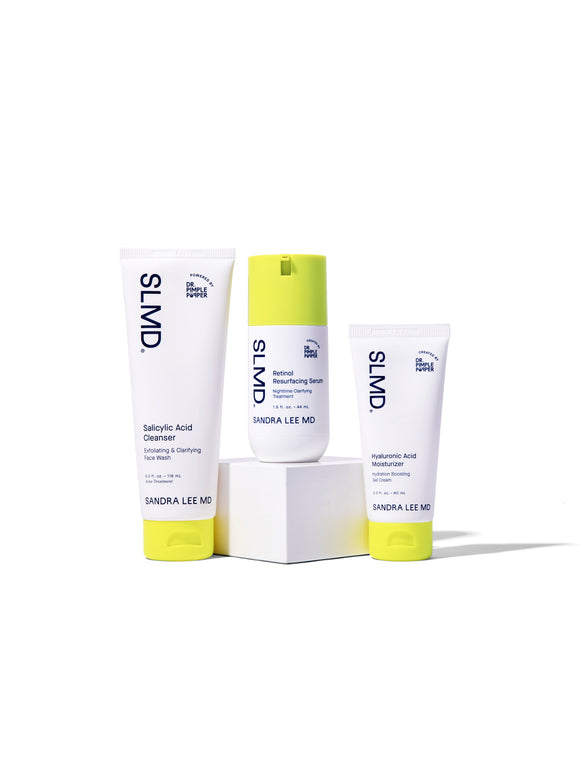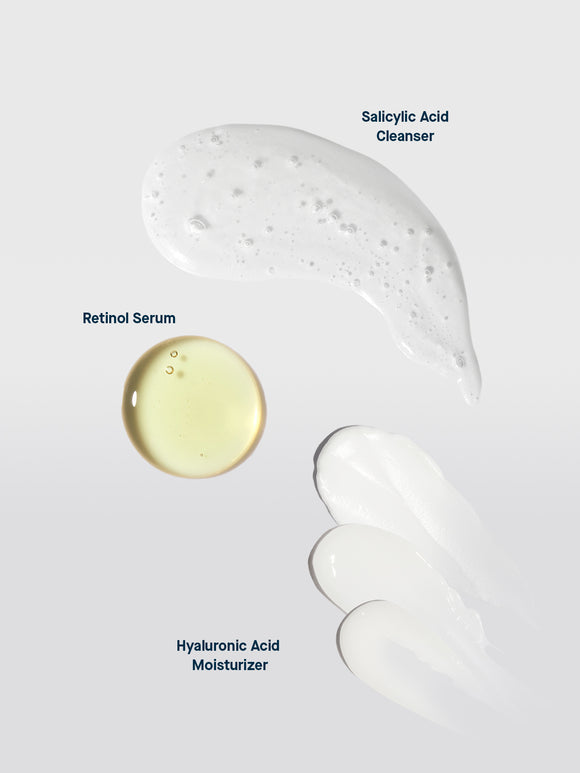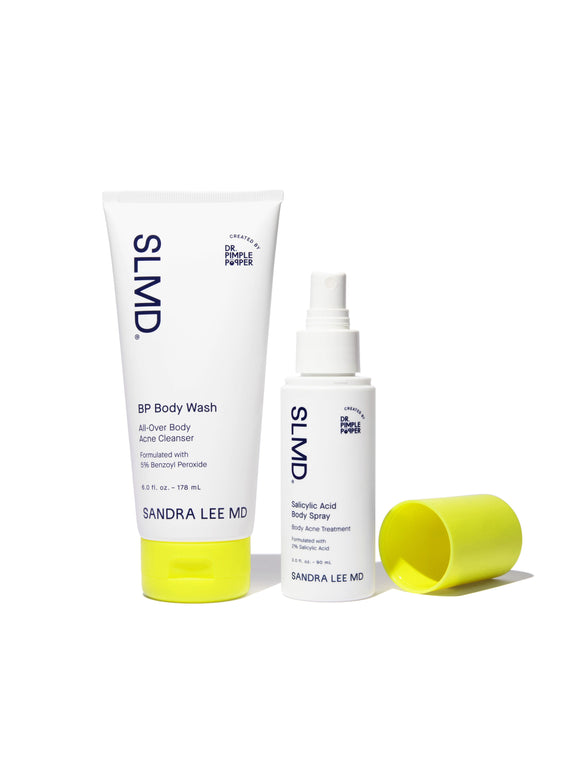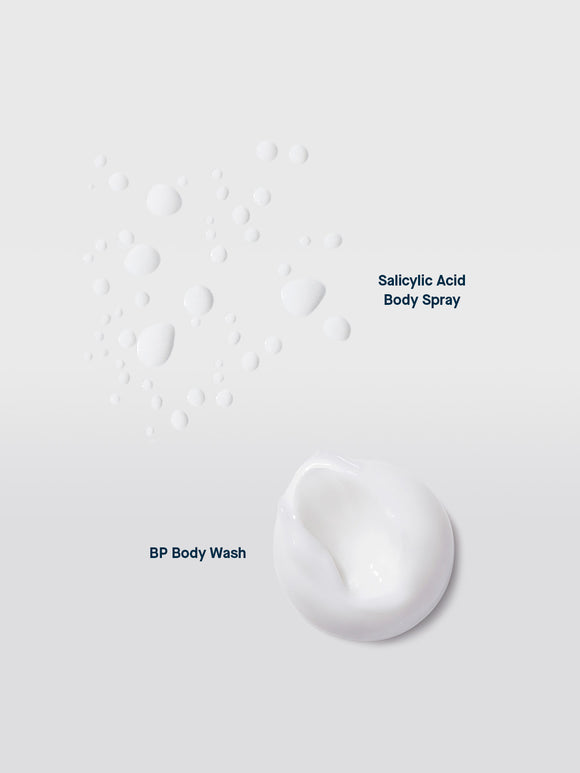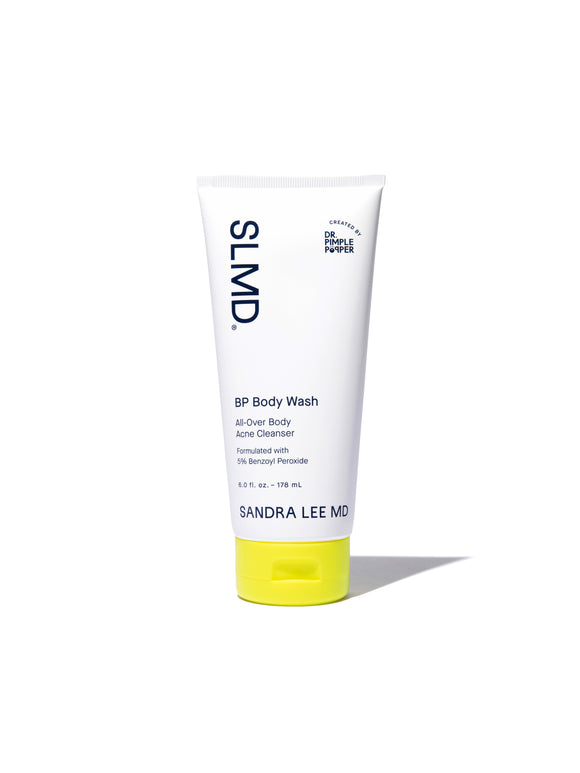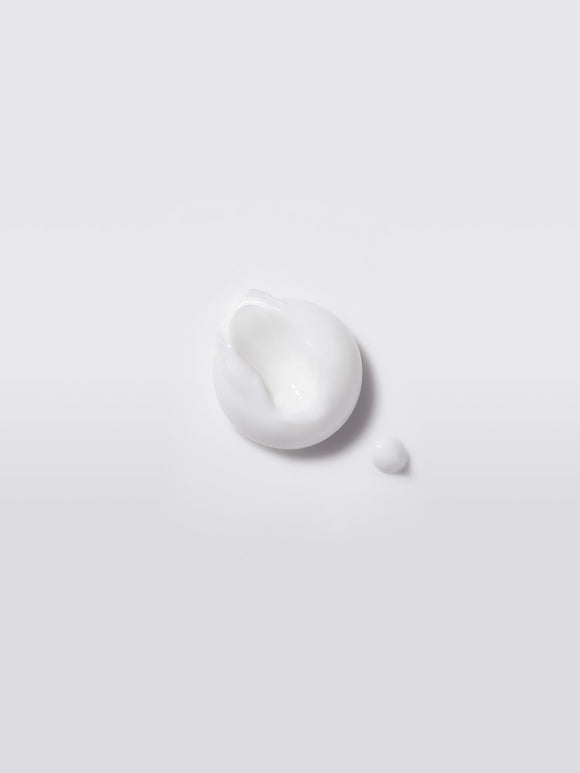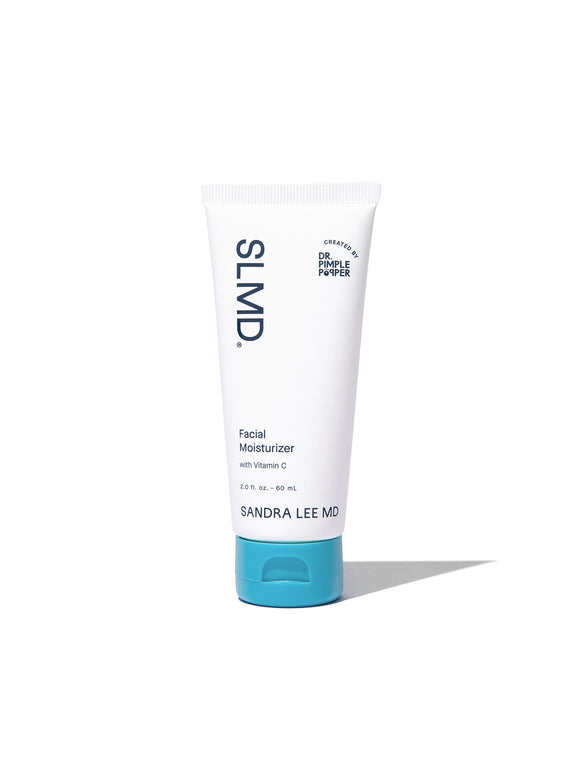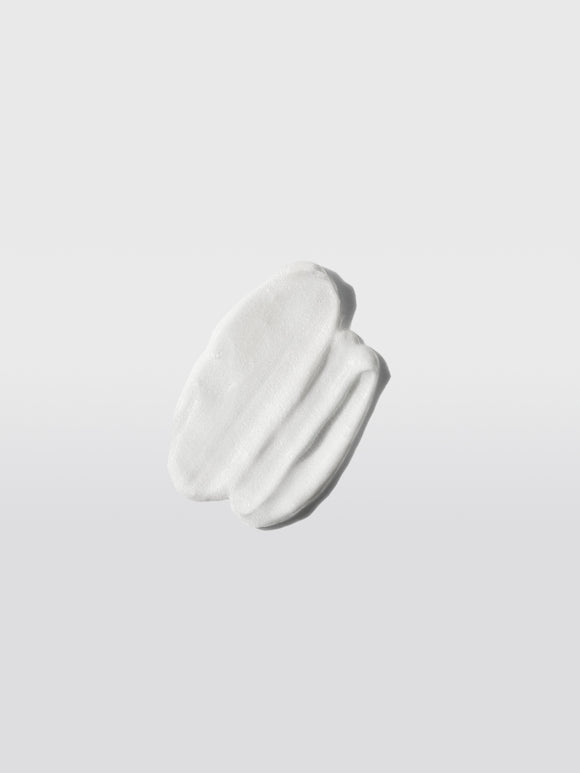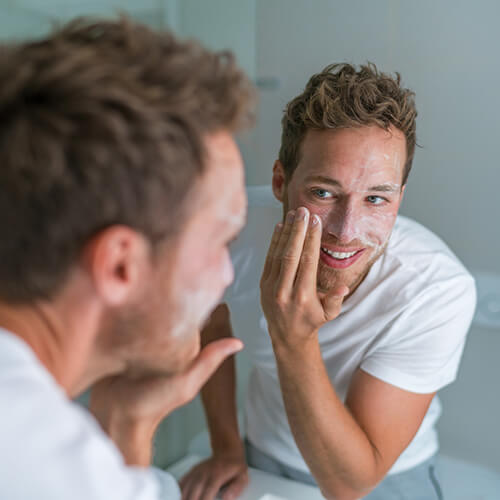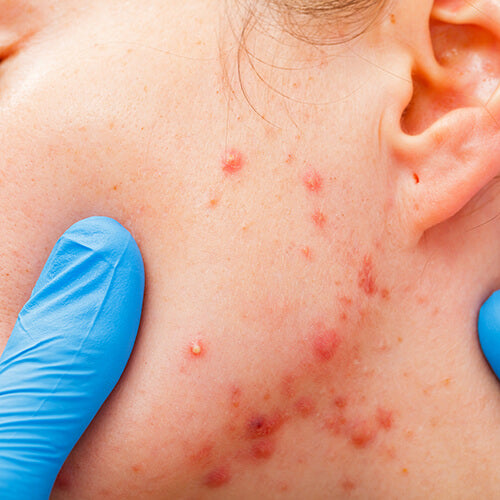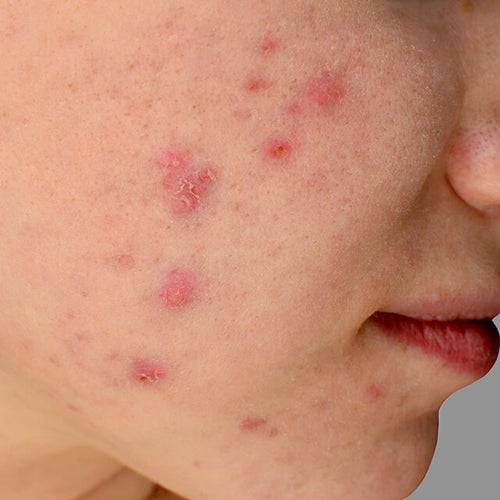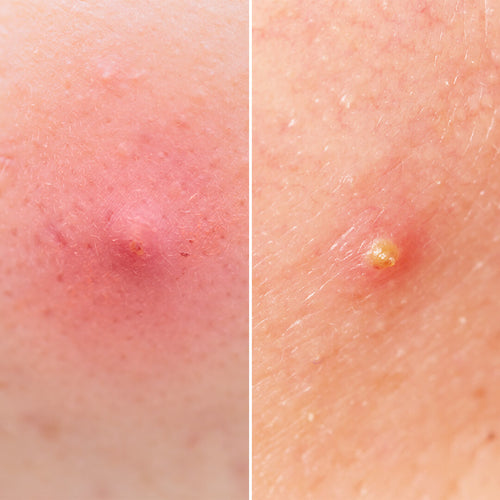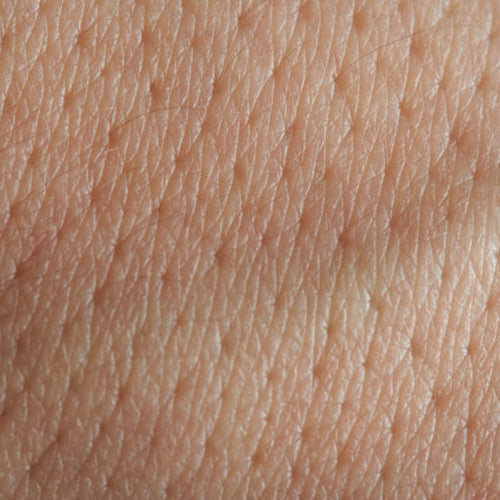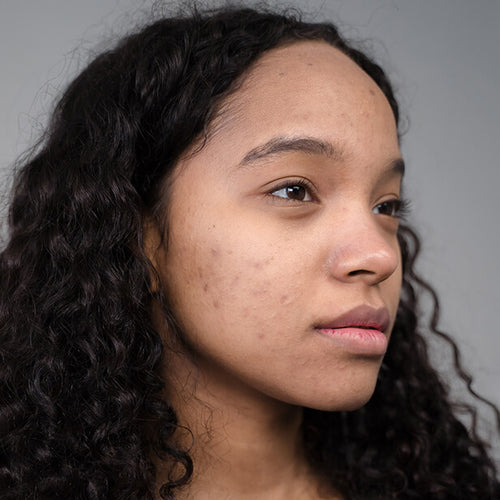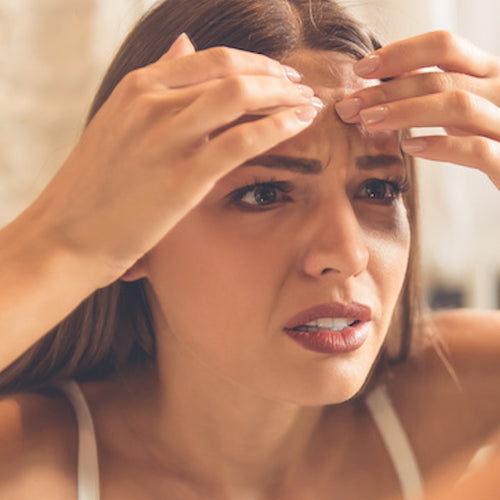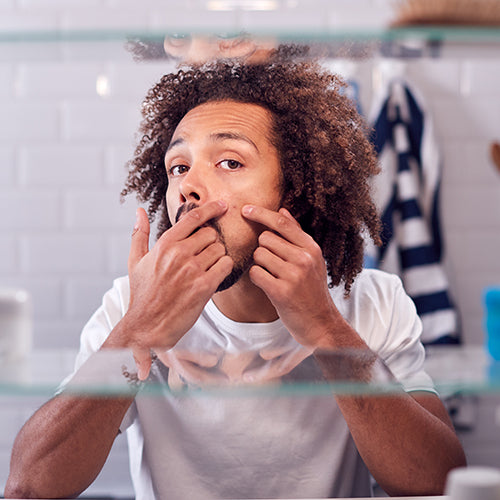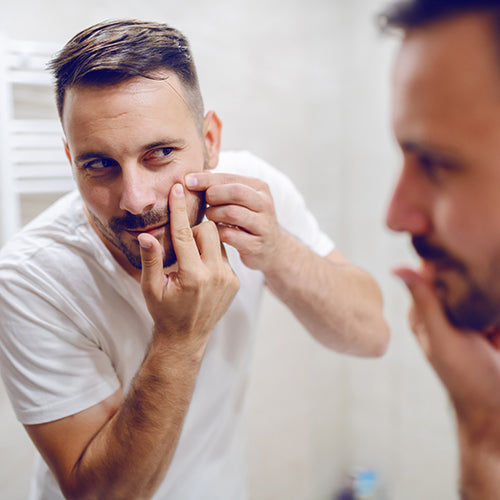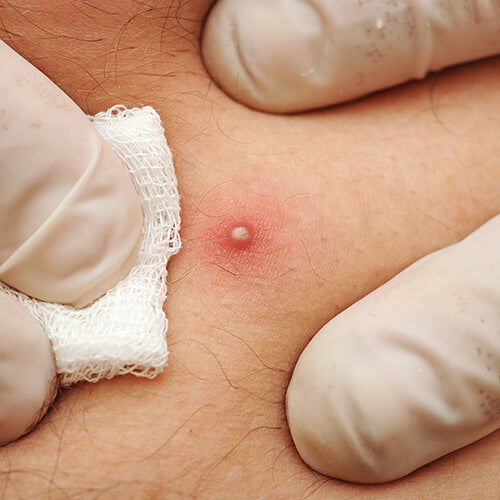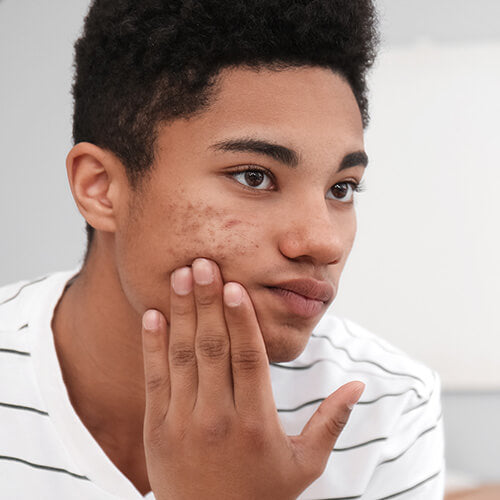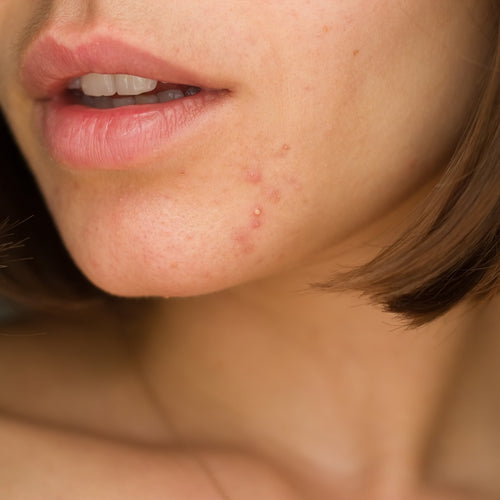
Teen Acne vs. Adult Acne: What You Need to Know
Post-puberty pimples are becoming increasingly common — here's how to distinguish and treat acne at different ages.Published:
4 minute read
Acne doesn’t discriminate — whether you’re 15 or 35, those unwelcome pimples can make an appearance. But did you know that the acne you had as a teen is not quite the same as the breakouts you might experience as an adult? For insights into the key differences — and the best way to treat both types of acne, we turned to dermatologist and SLMD Skincare founder Sandra Lee, MD (aka Dr. Pimple Popper).
Article Quick Links
What causes acne in teens?
Acne is extremely common in American teens, affecting nearly 95% of adolescents by some estimates. Remember, acne begins when pores become clogged with excess oil and dead skin. In some cases, acne-causing bacteria called C. acnes feeds on this mixture, resulting in inflammatory pimples.
But why is acne so common among teenagers? Although acne is an incredibly complex condition, we know that a variety of factors play a role. Many of these factors are more common during the teen years:
- Hormonal surges: Teens experience a significant increase in androgens—sex hormones (including testosterone) that dramatically increase sebum production. This makes clogged pores more likely.
- Genetics: Studies show that if you have a close relative who's had acne, you’re more likely to experience it yourself.
- High-glycemic index foods: Diets rich in processed sugars and carbs (read: junk food teens crave) can lead to chronically high insulin levels—which in turn increase androgens and, consequently, sebum production.
Dr. Pimple Popper's Teen & Adult Acne Picks
Causes of adult acne: hormones and lifestyle
Adult acne is on the rise—likely due to the stress and environment of modern living. More women than men experience post-adolescent breakouts, and most of them had some degree of acne as teens.
Adult pimples are essentially the same as teen pimples, but the causes are slightly different:
- Hormonal fluctuations: Though not as dramatic as during puberty, changes in endocrine levels can make relative testosterone higher, leading to breakouts.
- Health conditions: Disorders that cause hormonal imbalance, like polycystic ovary syndrome (PCOS) or type 2 diabetes, can cause abnormal sebum levels.
- Medication: Certain drugs, including steroids and lithium, can lead to breakouts.
- Lifestyle: A high glycemic diet, smoking, stress, and inadequate sleep can all increase your susceptibility to adult breakouts.
It’s worth noting that as we age, our skin's natural ability to renew itself slows down. This decreased cell turnover, combined with factors like declining collagen production, means that adult skin is more prone to slower healing and deeper, cystic breakouts. Understanding these underlying changes can help tailor more effective treatment strategies.
Teen acne vs. adult acne: a detailed comparison
To better understand the differences between teen and adult acne, here’s a breakdown:

Treating teen vs. adult acne: key differences
Because the underlying process is the same for both teens and adults—pores become clogged and possibly inflamed—the treatment and prevention of acne are similar for both groups.
According to Dr. Lee, the most effective acne treatment involves a simple routine (like her SLMD Acne System) that uses proven acne-fighting ingredients:
- Salicylic acid: This oil-soluble exfoliant penetrates deep into pores to help clear out sebum and debris. Try: SLMD Salicylic Acid Cleanser.
- Benzoyl peroxide: An antibacterial ingredient that kills C. acnes and calms skin. Try: SLMD Benzoyl Peroxide Acne Lotion.
- Retinol: This vitamin A derivative increases cell turnover, which helps prevent dead skin cells from clogging pores. Try: SLMD Retinol Resurfacing Serum.
It's worth noting that keeping skin balanced with nourishing and protective ingredients is especially important when following an anti-acne regimen, which can be drying. Dr. Lee recommends using a lightweight, soothing moisturizer to counteract the effects of acne treatments (try: SLMD Hyaluronic Acid Moisturizer).
Differentiating treatments for adult acne
While both teens and adults can benefit from using salicylic acid, benzoyl peroxide, and retinol, adults might also consider treatments that address hormonal imbalances, such as oral contraceptives or anti-androgens. Additionally, incorporating lifestyle changes, like stress management and diet adjustments, can significantly impact adult acne.
Dr. Lee’s Tip: For my adult patients, I always emphasize the importance of stress management and sleep. Your skin reflects your overall health, and maintaining balance is key to keeping adult acne at bay.
FAQ: Dr. Pimple Popper answers your acne treatment questions
Q: Can adult acne be treated the same way as teen acne?
A: While the basic principles of acne treatment—keeping pores clear and reducing inflammation—apply to both, adult acne might require additional treatments like hormonal therapy or lifestyle changes.
Q: What are the best skincare ingredients for managing adult acne?
A: Retinol, salicylic acid, and benzoyl peroxide are staples, but adult acne sufferers may also benefit from antioxidants and alpha hydroxy acids to help support skin cell defense and turnover.
Q: How do hormonal changes affect acne in teens versus adults?
A: In teens, hormonal surges are more intense and directly linked to puberty. In adults, hormonal changes are more subtle but can be exacerbated by stress, menstrual cycles, or conditions like PCOS.

Dr. Lee's Last Word
The vast majority of teenagers experience some form of acne — but it’s becoming increasingly common among adults as well. No matter what type of acne you’re dealing with, the key is consistency. Stick to a routine with the right combination of dermatological ingredients and if you don’t see improvement, talk to your dermatologist.



